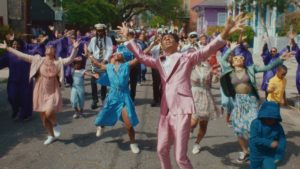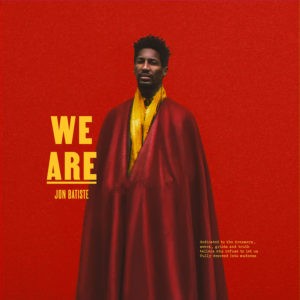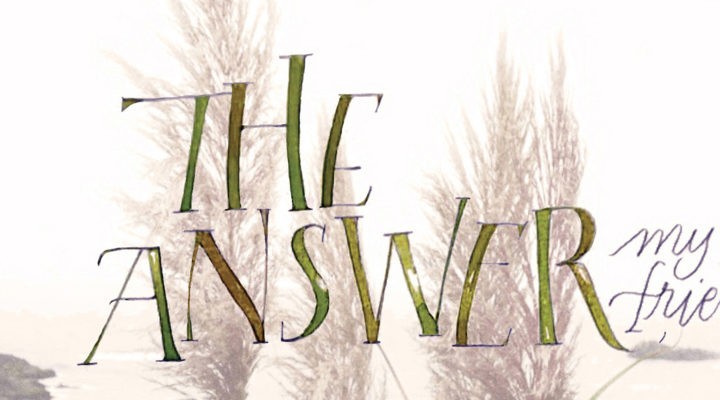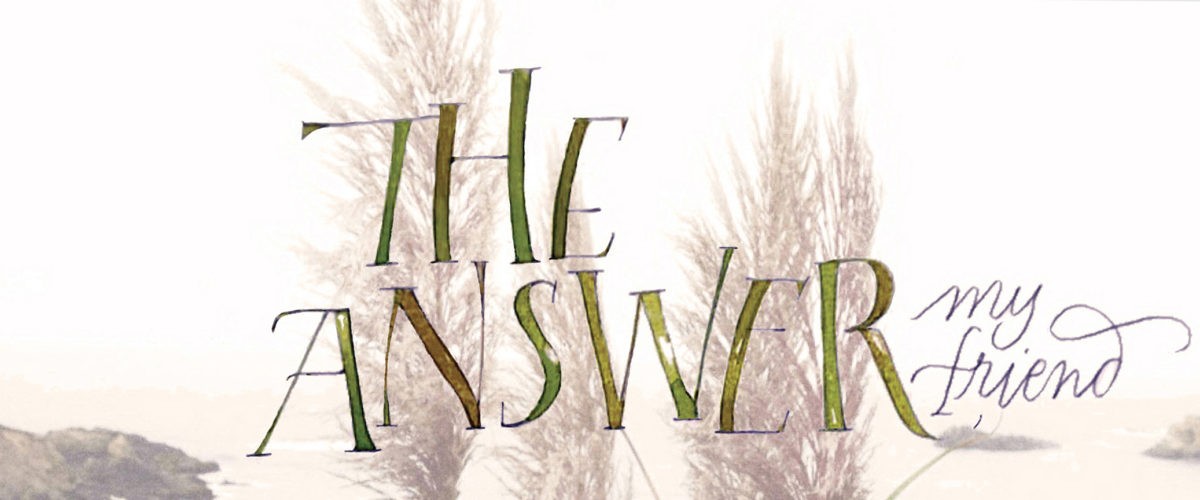Although travel is still restricted and we look at the outside world from our windows, my husband and I recently ventured out to the Northern California coast. Settling into our quiet upstairs room, with a balcony overlooking the magnificent Pacific Ocean, we anticipated breathing in the peace it offered for a few days.
Travel often gives me new perspectives, and I hoped for that in these unprecedented times of ongoing crises: raging California fires, a Louisiana hurricane, the still unvaccinated, the controversial ending of a 20-year war, ongoing hypocrisy, mounting social unrest and everything else. When will it all end? What would it take to change the anger and hatred?

Phawnda Moore
As if planned, a seagull landed on the railing and peered into our room, “Welcome guys, I’d like to join you and by the way, I’m looking for a tasty snack.” Of course. Organic crackers were unpacked, broken, offered and enjoyed. In the evening, he appeared again, circled gracefully above the ocean, then landed for us in what could only be described as an encore of gratitude.
I remembered a book where another seagull had said, “You can call me Jon.”
On the second day, I meditated in a wooden rocker and reflected on the ocean’s beauty, its rhythmic waves, and the light from the sky. If only I could remember this moment more often. I realized that I wanted to shift my energy toward positive change, but also be realistic — which meant keeping up with the exhausting “news.” The daily agenda drains my soul.
Back home, an art journaling friend prompted me to revisit Bob Dylan’s songs and create a page. Through this trusted group of colleagues, I’ve shown up, year after year, to be challenged, to consider others’ perspectives and experiences. Mostly I’ve learned that staying connected to my tribe, including some who might differ from me, nurtures my understanding of issues much better than replaying my own voice in solitude.
So I listened to “Blowin’ in the Wind,” which Dylan wrote in the 1960s, and I was taken aback at how relevant the words are today. We’re still seeking answers.
Forty years later, NPR produced a short program: “‘Blowin’ In The Wind’ Still Asks the Hard Questions.”
The history of protest songs reminds us that all along, music has had a voice in activism.
The history of protest songs reminds us that all along, music has had a voice in activism: “The tradition of protest songs in the United States is a long one that dates back to the 18th century and colonial period, the American Revolutionary War and its aftermath. In the 19th century, topical subjects for protest in song included abolition, slavery, poverty and the Civil War among other subjects. In the 20th century civil liberties, civil rights, women’s rights, economic injustice, politics and war were among the popular subjects for protest in song. In the 21st century the long tradition continues.”
Peaceful protests are known to be about twice as effective as those with violence. Recording artist Jon Batiste of “We Are” aims a little higher than most and makes an emotional connection to seekers. He’s become a musical activist whose protests actually inspire dancing and joy in community.
We all can learn from this magnetic, refreshing artist who infuses humanity, spirit and hope back into today’s issues. Batiste recently was interviewed on PBS about his gift of being a joy giver, to share his creative process in songwriting.

Jon Batiste filming a music video scene in New Orleans.
“I think … the practice of being a joy giver and bringing people that sense of catharsis and release is a spiritual practice for me,” he said. “And the only way that it can be as powerful as it — as powerful and profound as it can be — is if I face the truth and if we face the truth collectively. I think art is really a way to point to the truth, shine a light on the truth. Art is a window to the truth. And there’s joy in knowing, even if the truth is painful, even if the truth has things about it that we don’t want to accept and are not willing to accept. The only way that we’re going to continue to be able to fight it and move forward is if we know the truth and if we can have moments where we release … (like) when we were enslaved we sang spirituals and hymns and songs of freedom. It’s why when Jon Lewis and Martin Luther King Jr. were on the Edmund Pettus Bridge, they were singing spirituals. That’s why we have the music.”
In the NPR interview, he also said: “I want to reaffirm people’s humanity when it’s been under such duress and when it’s under attack. Thinking about people who exist in the world at this time, you’re constantly bombarded with so much via politics, via all of the mass media. Everything is kind of targeting people, pushing them to pick a side. And I wanted to articulate through the music and through my presence there that we’re all in this together. We’re all existing in this space, this city. And ultimately, this is our time. This is our world. We have to come together and understand that or else everything is going to completely disintegrate.”
 In another interview, Batiste summarizes “We Are” with wisdom, sensitivity and clarity, shining light on these dark days of chaos: “A lot of times, we wait, and we look around for the answer, and we are. We look around for somebody to save us, we look around for somebody to understand who we are, and I look around at the times that we’re in, and that’s the question, and it’s the answer. We are? We are.”
In another interview, Batiste summarizes “We Are” with wisdom, sensitivity and clarity, shining light on these dark days of chaos: “A lot of times, we wait, and we look around for the answer, and we are. We look around for somebody to save us, we look around for somebody to understand who we are, and I look around at the times that we’re in, and that’s the question, and it’s the answer. We are? We are.”
Maybe we’re getting closer to the answer, my friend.
Phawnda Moore is a Northern California artist and award-winning author of Lettering from A to Z: 12 Styles & Awesome Projects for a Creative Life. In living a creative life, she shares spiritual insights from traveling, gardening and cooking. Find her on Facebook at Calligraphy & Design by Phawnda and Instagram at phawnda.moore.
Related articles:
‘Freedom songs’ make a reprise during this year of protests
Rediscovering the songs of lament would wake us up | Opinion by Greg Jarrell
Creative hands and artistic activism in times of crisis | Opinion by Phawnda Moore


